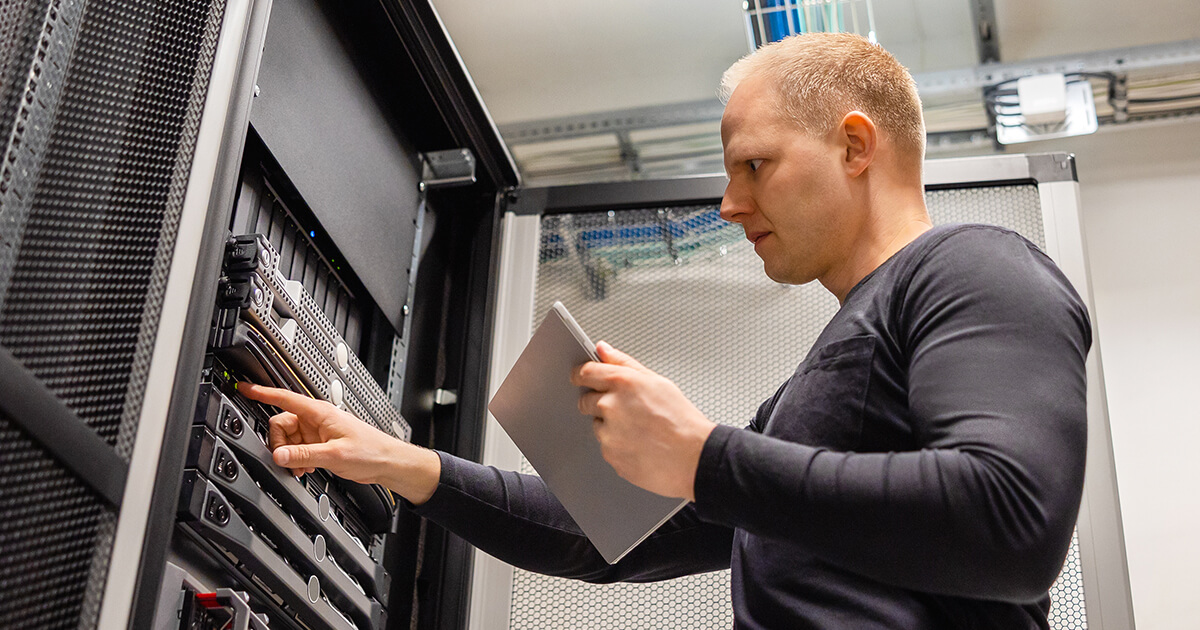
It’s a clashing of two worlds: systematic, process-oriented IT projects and delay-prone construction. When all parties are working toward the same goal ― a new store opening date ― but with different mindsets, trouble is never far away. With thousands of new store installations under our (tool) belts, Level 10 has worked out a lot of the kinks that would otherwise derail the successful set-up of store technology in the highly variable world of store construction.